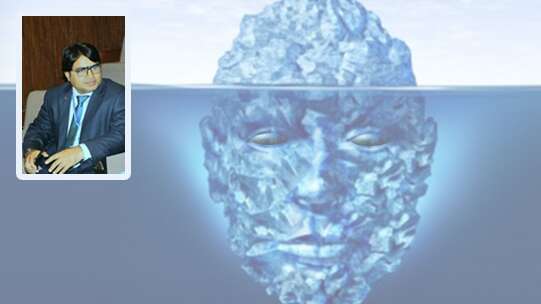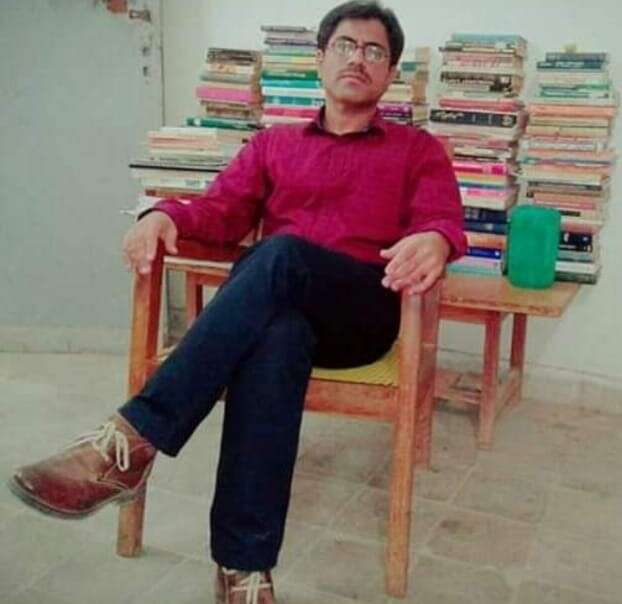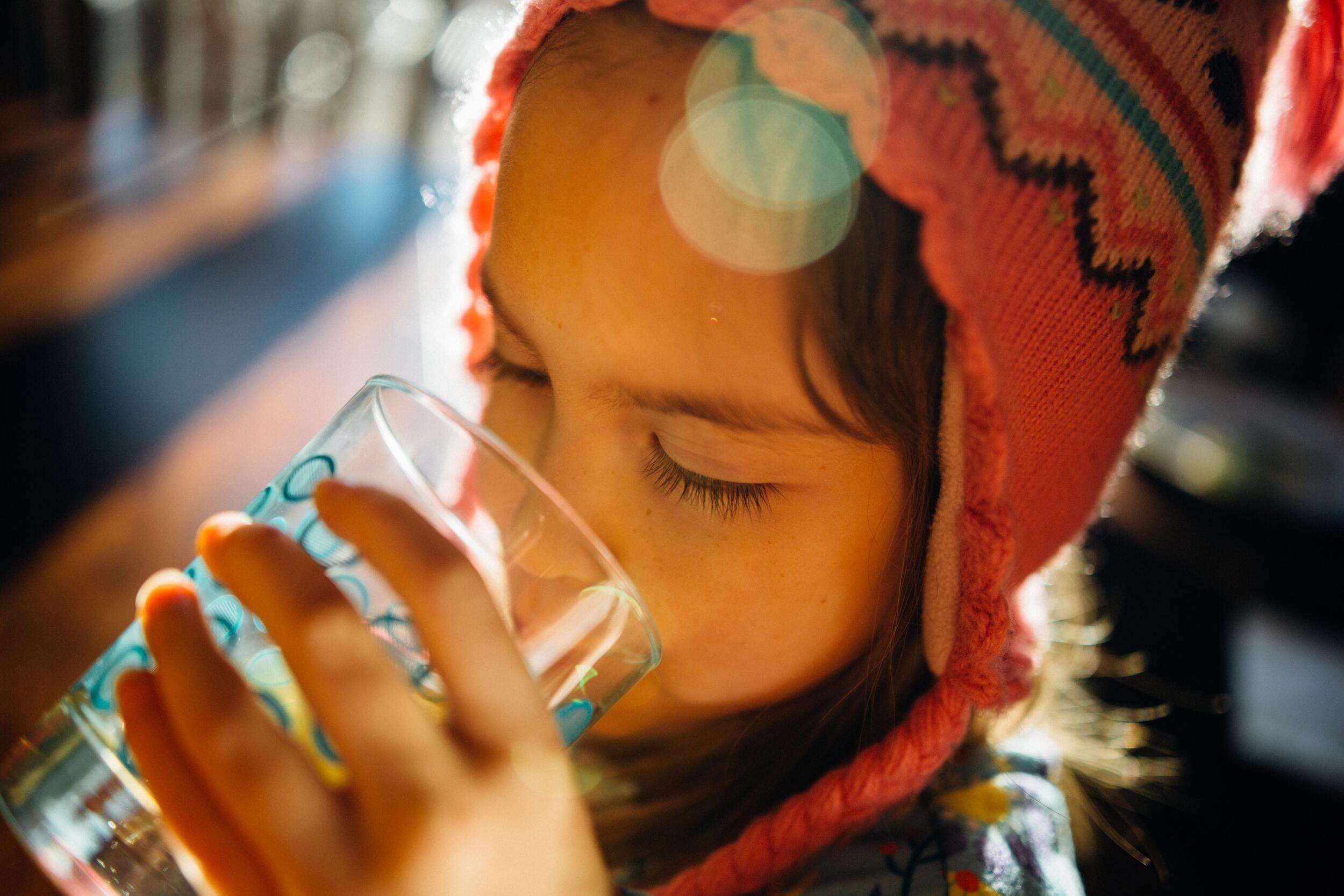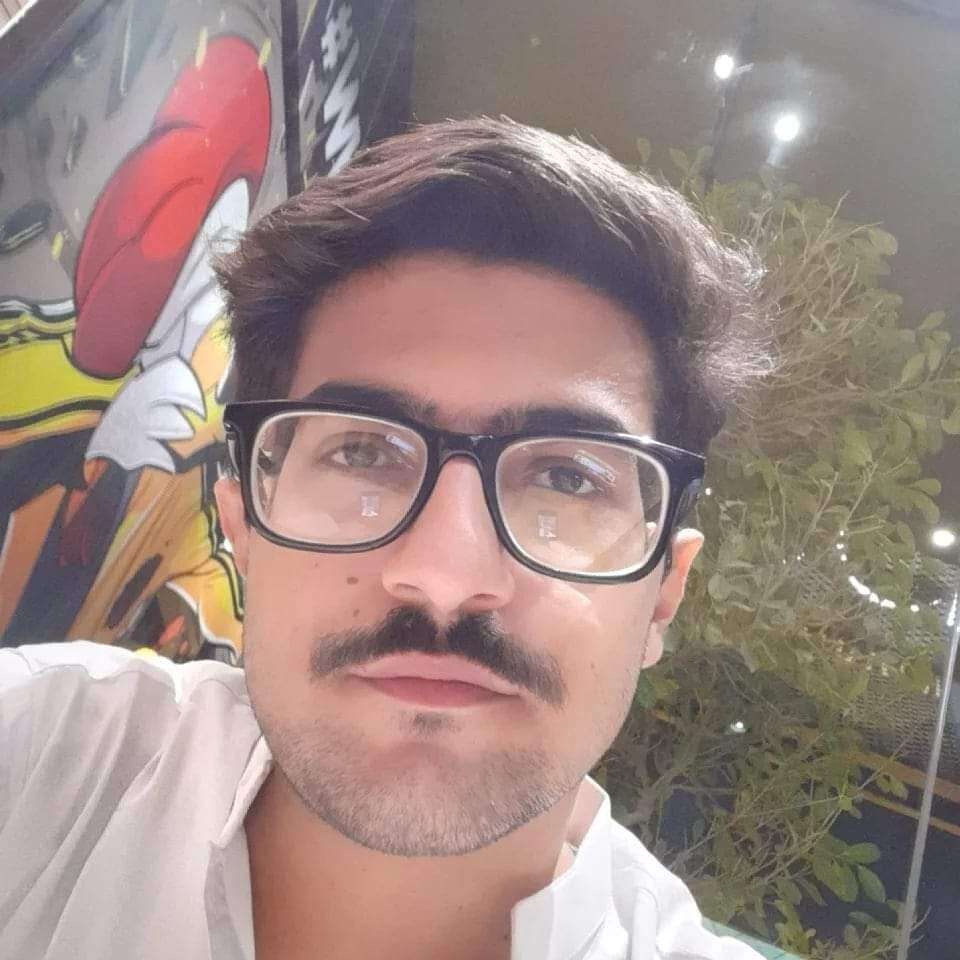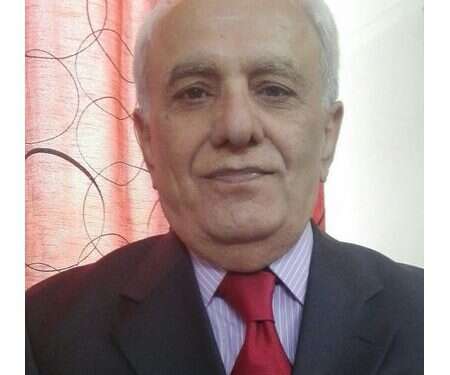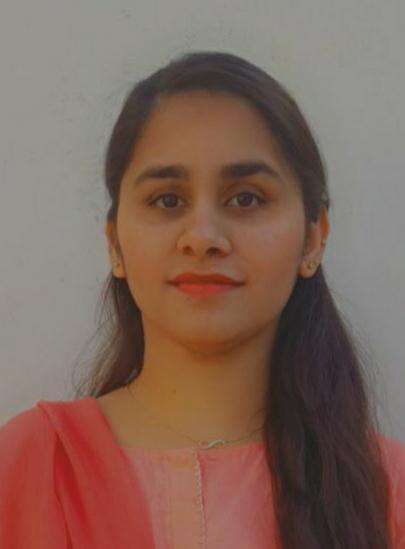Introduction
The economics of education in Pakistan has had its fair share of golden days, but they have been over for too long. During the 1950s and 1960s, our ministry of education had economists thick on the ground across our major capital cities. Research by Blaug in 1979 noted that all the economic indicators then pointed to rapid expansion and development of educational systems at all levels between 1950s and 1960s. The streets of Karachi and Lahore during those days can be looked back with nostalgia but are now filled with unemployed university graduates. The concept of “quality education” in our country is now but a myth for most, but a privilege that only the elite can enjoy. There exists a deep dissatisfaction within our education system with the quality of education that it provides, the curriculum it embeds, the examination system it upholds and the standards of teacher training it enforces.

Faizan Makhdoom
Education: Masters of Teaching, Victoria University, Melbourne Current Occupation: Secondary School Instructional Leader at Minaret College Melbourne, Australia
Regardless of sweeping promises made by past governments in a bid to improve our country’s education system (Khalid & Khan, 2006), it has been 60 years now whilst Pakistan’s education system has been consistently dilapidating (Ali, Hakim, & Abdullah, 2017). Instead, our education has further induced with corruption, lacks a quality curriculum that can allow our graduates to compete internationally and lacks qualified teachers with skilled training (Iqbal, 2010; Malik & Hassan, 2015). However, it is important to note that the lack of resources for a third world country such as ours does not justify our deteriorating education system. As a matter of fact, foreign aid makes up 76% of the educational expenditure by the government, and yet Pakistan is ranked amongst the worst 15 countries with regards to their quality of education (Ali et al., 2017; Cohen, 2004). It would make more sense to use the money for the purpose of improving school facilities and infrastructure of existing schools or for improving the national curriculum and programs to train our teachers. However, instead the funds are rather exhausted to finance new projects and institutions which would, of course, require setting up of new committees and bureaucrats needing to be paid to administer these schemes that never succeed to fulfil the purpose they are intended for. This has further explained the clear difference between the spending that is intended against the actual spending on the education sector by another study by Ahsan (2005) and Ali et al (2017).
Causes
It is only rational to say that we were not dealt with an unfortunate hand since the inception of our country in 1947. We had multiple opportunities to grow and prosper in every aspect of our economy. There can be a number of causes that have led to the demise of our educational system.
Literacy rates and Poverty
Every year, the literacy rate of Pakistan is rising at a slow rate of 1% per year. This has further created a vicious cycle resulting from comparatively higher illiteracy among women. This also holds account to the fact that there are fewer educated girls in our country, fewer teachers that are females and lack of coeducational institutes, which evidently lead to a higher-female literacy according to another study by Rabia, Rab, & Shahzadi in 2016. Parent’s education is also known to be a factor where it shows that illiterate parents are less likely to encourage their children to gain education (Ahmad et al., 2014; Sawada & Lokshin, 1999). Many children are also trapped in illiteracy and poverty in cases where their respective head of the household is illiterate, which keeps them our of school, joining the masses of youth that are uneducated and unemployed, further increasing poverty and crime as a result. Well-known research by Richter in 2018, used a system dynamics model to highlight the relationship between these factors. She pointed from the context of Pakistan that if the head of a particular household or more females within were literate, there would be a higher possibility that the children of the same house would be educated, leading to decreasing poverty and increasing female literacy.
Dropout rates
Pakistan has a dropout rate of 50% where the students have left school before reaching grade 5. Poor school facilities, quality of teachers, and the national curriculum have been strong reasons for the schools’ inability to retain their students (Zarif, Haider, Ahmed, & Bano, 2014). There has been a strong consistent pattern where it is found that the textbooks are full of ideological and religious rhetoric and their exams are more based on the ability of the students to memorize and repeat instead of testing their logical and conceptual skills (Ahmad et al., 2014; Barber, 2010; Khalid & Khan, 2006). According to Richter’s (2018) research there is a similar loop seen where if the overall literacy rates are improved, it would help develop a quality curriculum standard to be taught, resulting with lower students dropping out.
Cultural barriers to education
Pakistan is also behind other countries in gender equality and the excess it provides to education. Given that our country’s economy heavily relies on agricultural sector drive by small family businesses, it enforces that a child going to school will not be able to work the land. This becomes detrimental for the family’s ability to survive amid no welfare support provided by the government (Ahmad et al., 2013; Sathar & Lloyd, 1994)
Government Instability & Corruption
A transient government has impacted Pakistan dramatically specially in the decade from 1988, to the time when we had a return of military rule in 1999, with consistent changes in elected governments and administrations. These governments were more focused on maintaining their precarious positions instead of investing towards social development of the country. According to the United Nations Development Program, Pakistan only spends 2.5% of the GDP on education as compared to military spending at over 34% of the GDP, which mainly focuses on the upkeep of the army (Stengos & Aurangzeb, 2008). This lack of priority towards educational development in Pakistan only instigates a venomous cycle of deprivation to the country’s economy and further exacerbates the instability of the government. Furthermore, given that our country ranks 127th out of 170 by the international organization for transparency in their Corruption Perception Index in 2013, this further deteriorates the confidence that foreign investors would have for Pakistan, resulting in lower revenue, lower wages offered to civil servants, and thus leading to a vicious cycle of corruption in the chain.
So where can we go from here?
With all the research that has been published place so far, it is only discernible to say that our country’s educational system is extremely unstable, unreliable, and unacceptable. No aspect of our education system deserves any applause. More importantly, the significantly increasing youth unemployment that contributes to the popularity of fundamentalist Islamic ideas within our country goes against the image that Pakistan itself is trying to showcase internationally as well (Soomro & Tanveer, 2017; Stengos & Aurangzeb, 2008).
To succeed, Pakistan will need to shift the way our government thinks, its beliefs, and its policies so that the importance of education is not only publicized but also reflected on state and federal policies. We need to spend on upskilling our teachers and upgrading our national curriculum by working with other countries. This could start by encouraging teacher exchanges and collaboration with international education experts to analyse our national curriculum and provide recommendations for its reformation to international standards. This would allow us to have our qualifications recognized globally with potential of having teachers from neighbouring countries such as India to teach here as well. However, these proposed solutions would first require a reigning into the rampant corruption by holding into account the utilisation of foreign funds received for Pakistan’s education sector. This has allowed our corrupt government officials and bureaucrats to siphon off most of the funds received through aid before they are utilised for the intended purpose of educational development. Therefore, there needs to be more control, supervision, inspection, and audit on how these funds are spent by establishing and independent committee including Pakistani officials and external representatives. This would allow us to make sure the funds are use appropriately and can in the future avoid us from lying on them heavily once we have a sustainable educational sector in place.
REFERENCES
Ahmad, I., Rauf, M., Rashid, A., Rehman, S., & Salam, M. (2013). Analysis of the problems of primary education system in Pakistan: Critical review of literature. Academic Research International, 4(2), 324.
Ahmed (2014) Pakistan’s Ranking In Corruption Index Improves’. DAWN2014
Ahsan, M. (2005). Politicization of bilateral aid and educational development in Pakistan. Educational Studies, 31(3), 235–250. https://doi.org/10.1080/03055690500237538
Ali, A., Hakim, R. A., & Abdullah, H. (2017). Relationship between Government spending on education and economic growth of Pakistan. Asian Journal of Multidisciplinary Studies, 5(2).
Barber SM (2010) Education reform in Pakistan: This time it’s going to be different. Pakistan Education Task Force
Blaug, M. (1979). Economics of education in developing countries: Current trends and new priorities. Third World Quarterly, 1(1), 73-83.
Cohen SP (2004) The idea of Pakistan. Brookings Institution Press
Iqbal HM (2010) Education in Pakistan: Developmental milestones.
Khalid, S. M., & Khan, M. F. (2006). Pakistan: The state of education. The Muslim World, 96(2), 305–322. https://doi.org/10.1111/j.1478‐1913.2006.00130.x
Malik, M. A., & Hassan, R. (2015). An analysis of parallel education systems in Pakistan, and the challenges they pose in education research. Advances in Social Sciences Research Journal, 2(10). https://doi.org/10.14738/assrj.210.1562
Rabia M, Rab M, Shahzadi M (2016) Female education in Pakistan. The Impact of socioeconomic factors. Anchor academic publishing
Richter, S. (2019). A system dynamics study of Pakistan’s education system: Consequences for governance. The Electronic Journal of Information Systems in Developing Countries, 85(1), e12065.
Sathar, Z. A., & Lloyd, C. B. (1994). Who gets primary schooling in Pakistan: Inequalities among and within families. The Pakistan Development Review, 33, 103–134. https://doi.org/10.30541/v33i2pp.103‐134
Sawada Y, Lokshin M (1999) Household schooling decisions in rural Pakistan. World Bank Policy Research Working Paper (2541)
Soomro, M. H., & Tanveer, S. H. (2017). Ethics and education in Pakistan: Principles, policies and practice. In Children and sustainable development (pp. 385–396). Springer. https://doi.org/10.1007/978‐3‐319‐47130‐3_29
Stengos, T., & Aurangzeb, A. (2008). An empirical investigation of the relationship between education and growth in Pakistan. International Economic Journal, 22(3), 345–359. https://doi.org/10.1080/10168730802294677
Zarif, T., Haider, K., Ahmed, A., & Bano, F. (2014a). Probing reasons of high student dropout rate in grade 5‐6 at public schools of District Thatta, Sindh‐Pakistan. Asian Journal of Social Sciences & Humanities, 3, 1.
Zarif, T., Haider, K., Ahmed, A., & Bano, F. (2014b). Probing reasons of high student dropout rate in grade 5‐6 at public schools of district Thatta, Sindh‐Pakistan. Asian Journal of Social Sciences & Humanities, 3(1), 158–169.

